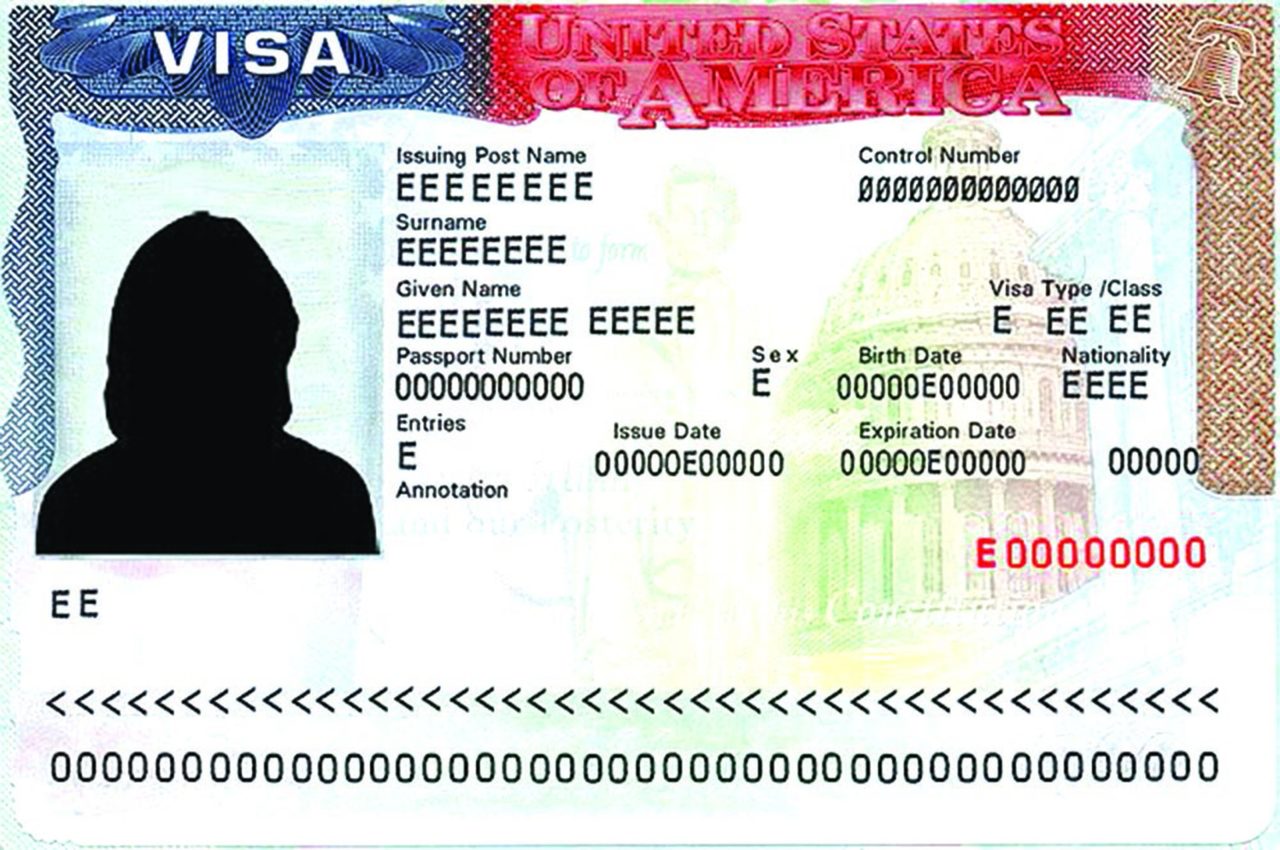Homeland Security red flags 3220 Guyanese for overstaying in US
By Jarryl Bryan
Guyana has been red flagged by another United States (US) report and this time it is the Department of Homeland Security (DHS), which revealed in its 2018 Entry/Exit Overstay Report that some 3,220 Guyanese overstayed in the US on non-immigrant visas, after arriving for business or on vacation.

This, according to the report, occurred over the period of October 2017 to September 2018, during which time 66,416 Guyanese were supposed to depart from the US. These figures represent a 4.85 per cent overstay rate and are an increase from the previous year, when 2,262 Guyanese also overstayed their time.
Of the latest numbers, the report states that 3,065 of these Guyanese are suspected to have been hiding in the US during this period. It also states that 155 are out of country overstays, or persons who eventually left the country having already overstayed their time.
In addition, the US has found that 45 of this amount were Guyanese students studying in the US and exchange visitors who overstayed the time they were given. There were 339 persons in this category who were supposed to depart the country during the one-year period, an overstay rate of 13.27 per cent.
In the previous year, the amount of Guyanese students overstaying was 28. The report shows that 322 students were expected to leave but 11 departed after their time had expired and there was no evidence that 17 of them departed at all.
Meanwhile, the report urges that identifying the offending aliens who overstay their time is important for national security, public safety, immigration enforcement and immigration benefits” purposes.
 “Over the years, DHS significantly improved data collection processes in the entry environment. These improvements include the collection of data on all admissions to the United States by foreign nationals, the reduction of the number of documents that may be used for entry to the United States, the collection of biometric data on most foreign travelers to the United States, and the comparison of that data against criminal and terrorist watch lists.”
“Over the years, DHS significantly improved data collection processes in the entry environment. These improvements include the collection of data on all admissions to the United States by foreign nationals, the reduction of the number of documents that may be used for entry to the United States, the collection of biometric data on most foreign travelers to the United States, and the comparison of that data against criminal and terrorist watch lists.”
“Despite the different infrastructural, operational, and logistical challenges presented in the exit environment, DHS has been able to resolve many of the issues regarding the collection of departure information for foreign nationals.”
Last year there was a significant decline in the number of visitors’ visas issued by the US Embassy in Guyana.
According to a visa summary provided by the US Department of State’s Bureau of Consular Affairs, a total of 4923 visitors visa were approved by the US Embassy here during the 2018 Fiscal Year, which runs from October 2017 to September 2018.


